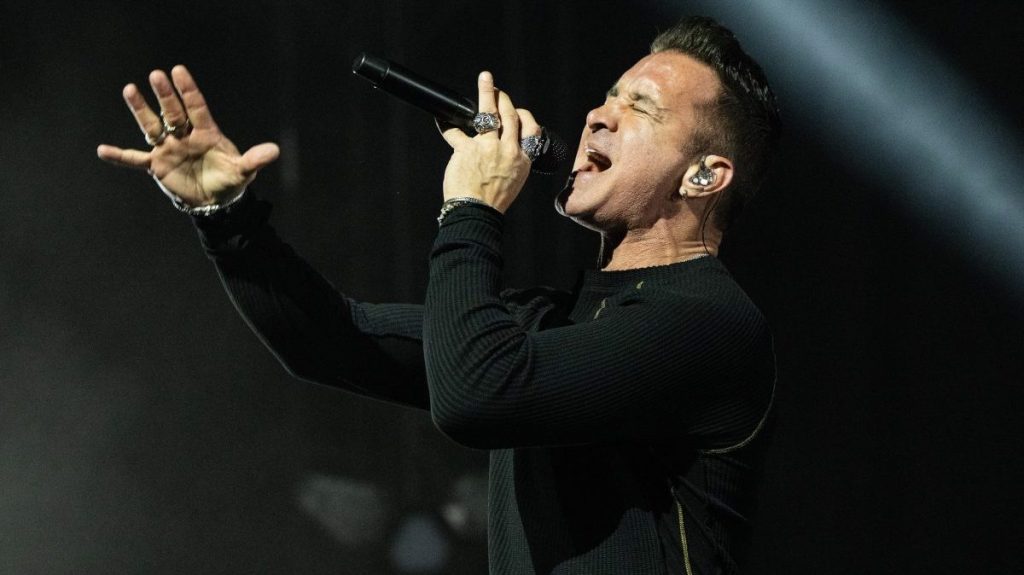Brought to you by the #NewNormal, O2’s mission to question, explore and understand how mobile is changing the way we act and interact as humans. Read more #NewNormal stories here.
Gone are the days when students would surreptitiously send pixelated photos to each other, via infrared, under their desks. Gone too is the novelty of a school’s ICT suite – 15 computers that had to be shared two per monitor, typing lessons via Mavis Beacon. Hell, these days, even interactive whiteboards are old hat. Soon the scowls of teachers, interrupted by the un-silent text or email alert, will become a thing of the past as technology and the classroom or the lecture theatre become the #newnormal.
Videos by VICE
But hospital classrooms have long been harnessing the power of mobile technologies, with medical lecturers and practitioners barely batting an eyelid when students pull out their iPhones on the ward. In fact, for many students studying to become doctors, medical apps are the #newnormal as they are actively encouraged to download them from organisations like Royal College of Surgeons. Jack Lowe-Zinoa, a foundation doctor who recently graduated from medical school, told me how “Apps save a huge amount of time, time that would have been spent leafing through the paper or scrolling through hundreds of pages of computer-based antibiotic policy.”
But perhaps even apps will seem antiquated as virtual reality, or VR, makes its way into medical schools. Oculus Rift and PlayStation VR have long been on the radars of hardcore gamers and computer nerds, but it is within classroom that some of the biggest advances in VR are being made. Medical lecturers are swapping the hanging anatomical models and even bog-standard PowerPoint presentations, for increasingly exciting technologies. VR projects within medical training are being used in order to bridge the tricky gap between theoretical and practical learning. As Jack explains, “It can be very challenging learning anatomy from a textbook, and the use of donate bodies is limited by teaching time and the number of donors.”
So instead of cramming hundreds of trainee doctors into a lecture theatre, in April of this year, the first virtual reality operation was streamed with over 50,000 views from across the world. Dr Shafi Ahmed, a cancer surgeon at the Royal London Hospital, streamed in 360º his operation on a real patient that could be viewed in VR as easily as downloading The Virtual Surgeon app and slotting one’s phone into a Google Cardboard headset, costing £15. With cameras catching every angle of the surgery, Dr Ahmed talked viewers through every incision and instrument as if they were also in the room. Typically for students observing a surgeon operate, “It can sometimes be difficult to have a clear view of what is happening,” Manon Jenkins, another recent graduate, explained to me. And for Jack, “The difficulty is getting into theatre in the first place – there are usually a lot of other medical students and trainees who want theatre time and only a limited amount of space!” So the VR operating table was an opportunity for thousands of medical students to stand shoulder-to-shoulder with Ahmed, watching and learning from him as if he were a private tutor.

Medical students learning about stitching the old fashioned way. (Source: Wikimedia)
Speaking with Steve Dann who co-founded Medical Realities alongside Dr Ahmed – the organisation behind The Virtual Surgeon platform – he explained how “Studies have shown that the comprehension and retention rate when using VR in training runs as high as 80%.” Most importantly, the kids love the sounds of it “It would be wonderful to be able to experience surgery in this way,” says Jack, “I think it would be a fantastic way to observe surgeries”, adds Manon. Indeed, VR is a better way of combining textbook factoids with practical, procedural know-how and decision-making skills, as Dann pointed out “We believe that by harnessing the immersive qualities of Virtual Reality we can provide the missing link between textbook and practical learning.”
In an epic display of multitasking, during the operation Dr Ahmed even responded aloud to typed questions posed by watching students. This just goes to show how technology is opening the door to democratising access to medical training in countries where there are limited resources and hospital facilities. It’s also a way to collectivise knowledge, creating a surgical hivemind, a prospect that Lowe-Zinola finds really exciting: “This is a massive benefit to medical students, senior surgeons and surgical trainees from around the world who could teach and share new surgical techniques with one another through VR.”
So as mobile streaming, handsets and virtual reality become the #newnormal and more readily accessible across the world, the possibilities for an internationalised medical education seem boundless. “Google Cardboard provides the perfect low cost access solution to anyone who wishes to experience VR. We see it as a great way for people, especially those in developing countries, to experience medical and surgical training,” says Dann.

A still from Medical Realities’ 360 degree training video
In spite of this all, surgery and medicine is a profession that requires much technical skill and the nimblest of fingers – anyone who has ever played Operation with the teeny tiny tweezers will empathise here. So the future of VR in medical training must be something that can go beyond just screens – however high definition – and truly simulate what it means to operate on someone. Which is lucky, because that’s exactly what the Medical Realities team are hoping to develop. “Eventually the aim is to also provide a completely virtual experience, where the operating theatre, medical staff and patients are ‘virtual’ and the medical students can practise their skills on virtual patients,” says Dann.
But medical apps and VR won’t just be confined to the blood and guts – I mean, nitty gritty – of the operating theatre, as software is being expanded to help students simulate dealing with patients in both the GP surgery and the hospital bed. “We are working on ways to use VR that will allow doctors and medical staff to ‘examine’ virtual patients who are programmed to exhibit medical conditions which the medical students have to correctly observe and diagnose,” says Dann.
It may even be possible for patients to use VR headsets as a way of easing pre-op nerves, so that instead of staring at the ceiling they can escape on a Kenyan safari while listening to the calming notes of Chopin, as a doctor or nurse gives them a jab or takes out some stitches – a technique that is already being trialled in Spain. Meanwhile, Embodied Labs has developed an immersive interactive experience called We Are Alfred, which allows medical students to experience a series of scenarios as “Alfred”, a 74 year old. Given that the average age of a medical student is 24, it makes sense that they are experiencing the world, hearing and seeing more, than a patient who is half a century older – it’s a crazy, powerful lesson in empathy and one that could make better doctors and better people of us all!
Find out more about the #NewNormal right here.
More
From VICE
-

Scott Stapp of Creed (Credit: Scott Dudelson/Getty Images for Stagecoach) -

Screenshot: CD Projekt Red -

(Photo by Scott Dudelson/Getty Images for Coachella) -

Vinnie Zuffante/Getty Images